« Return to all Production Resources
Section Title
The Disease Triangle and Fungicide Decisions
- Wheat
- Winter Wheat
Fungicide timing has either arrived, or is quickly approaching for many Manitoba farmers, so a quick refresher on the disease triangle seems fitting. The existence of disease requires the interaction of three factors: a susceptible host, a virulent pathogen and favourable environmental conditions. All disease management tactics can be related back to disrupting one of these factors. When making foliar fungicide decisions, consider the following steps:
- It’s important to determine both crop stage and level of disease pressure by assessing between 8-10 random sites in the field.
- Determining the number of fungicide applications that may be required. Some research has shown that a single application at heading performs just as well as a single application at flag leaf.
- Know the disease reaction with your selected variety. A fungicide application may not be necessary on varieties rated as moderately resistant or resistant to certain pathogens. However, diseases such as powdery mildew and leaf rust can quickly adapt to resistant varieties, so scouting is key.
- Estimate crop potential. The higher the yield potential, the more likely you are to see an economic benefit from protecting that crop.
- Know the diseases that are present. Fortunately, fungicides can control many of the common diseases in Western Canada. However, some cannot be managed by fungicides so proper disease identification is crucial.
- Determine disease levels. To be effective, fungicides must be applied early in an epidemic. Often, fungicides are applied too early, prior to any symptom development. Examining symptoms on lower leaves can aid in fungicide decisions, and economic thresholds for individual fungal diseases are available on Manitoba Agriculture’s website.
- Select a fungicide. Always read and follow label directions. See Manitoba’s Guide to Field Crop Protection 2025.
- Know the risks. Of course, fungicide use comes with challenges, including knowing if favourable disease conditions will continue after application, and if diseases develop that cannot be controlled (such as bacteria and viruses). Farmers should consider leaving an untreated check strip for comparison.










